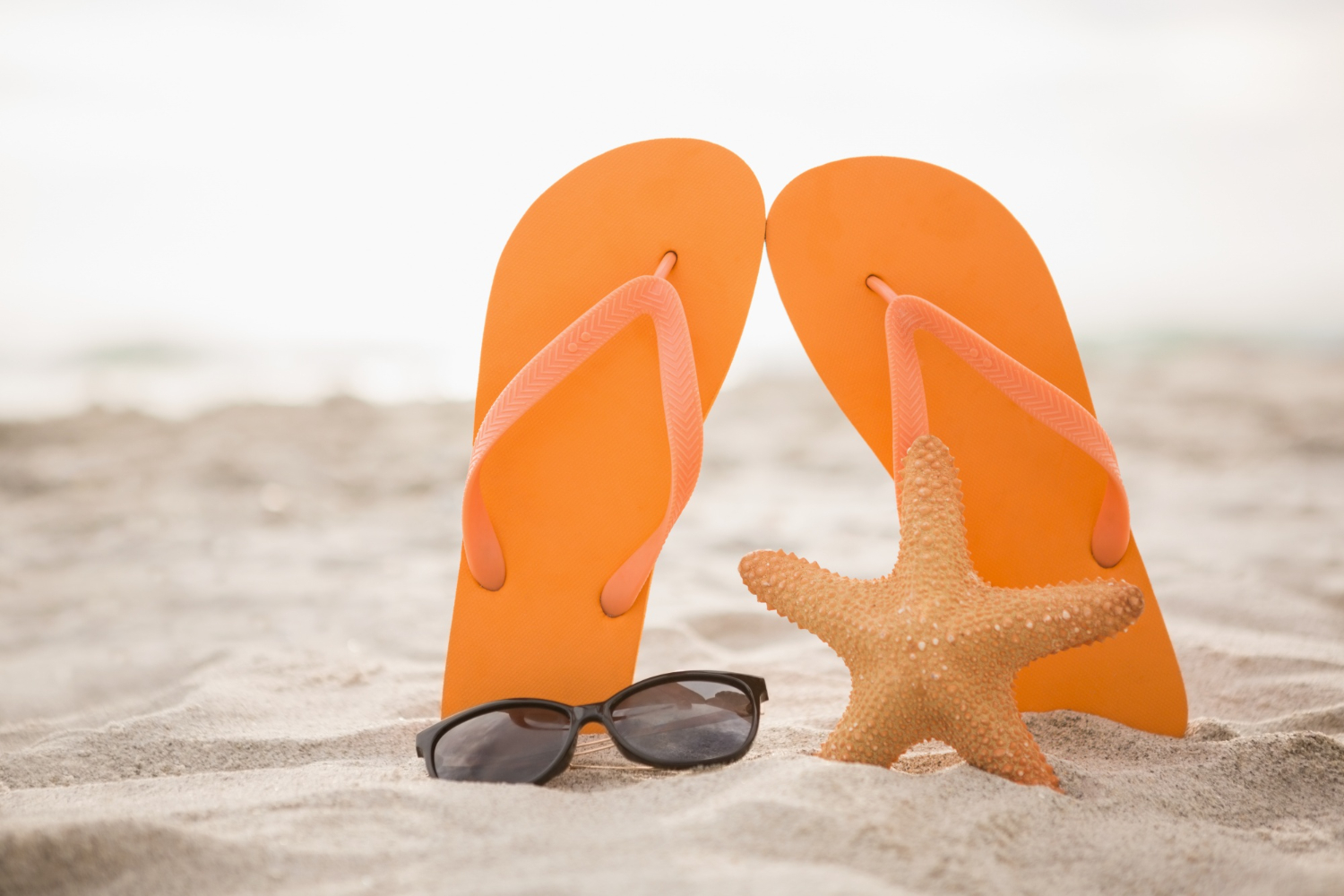The Surprising Benefits of Custom Orthotics
Are your feet causing you pain? Do you feel like you’ve tried every shoe and insole on the market with no relief? It’s time to take a step in the right direction with custom orthotics. These little-known devices can provide big benefits for those suffering from foot, knee, or lower back pain. In this article, we’ll dive into the world of custom orthotics and explore how they can improve your comfort, mobility, and overall quality of life. Say goodbye to sore feet! How Do Custom Orthotics Work? Custom orthotics work by providing support and alignment to your feet. They can help to correct problems such as flat feet, high arches, and plantar fasciitis. They can also help to reduce pain in the feet, ankles, knees, and back. The Footwear Solution You Didn’t Know You Needed There are many benefits including: They can help to reduce pain in the feet, ankles, knees, and back. Improved posture by aligning your feet and spine. They can help to improve your athletic performance by providing support and alignment to your feet. They can help to prevent injuries by reducing the stress on your feet and joints. Who Needs Custom Orthotics? They can be beneficial for people with a variety of foot problems, including: Flat feet High arches Plantar fasciitis Achilles tendonitis Metatarsalgia Bunions and Hammertoes Neuroma Arthritis You should talk to your podiatrist to see if they are right for you. Discover the difference between ready-made and custom orthotics. How to Get Them? To get custom orthotics, you will need to see a doctor or a podiatrist. They will take a mold of your feet and use it to create a custom orthotic. The orthotic will then be made and fitted to your feet. They can be expensive, but they can be a worthwhile investment if they help are designed to fit your feet perfectly. They can help to improve your posture, reduce pain, and improve your athletic performance.
The Surprising Benefits of Custom Orthotics Read More »











